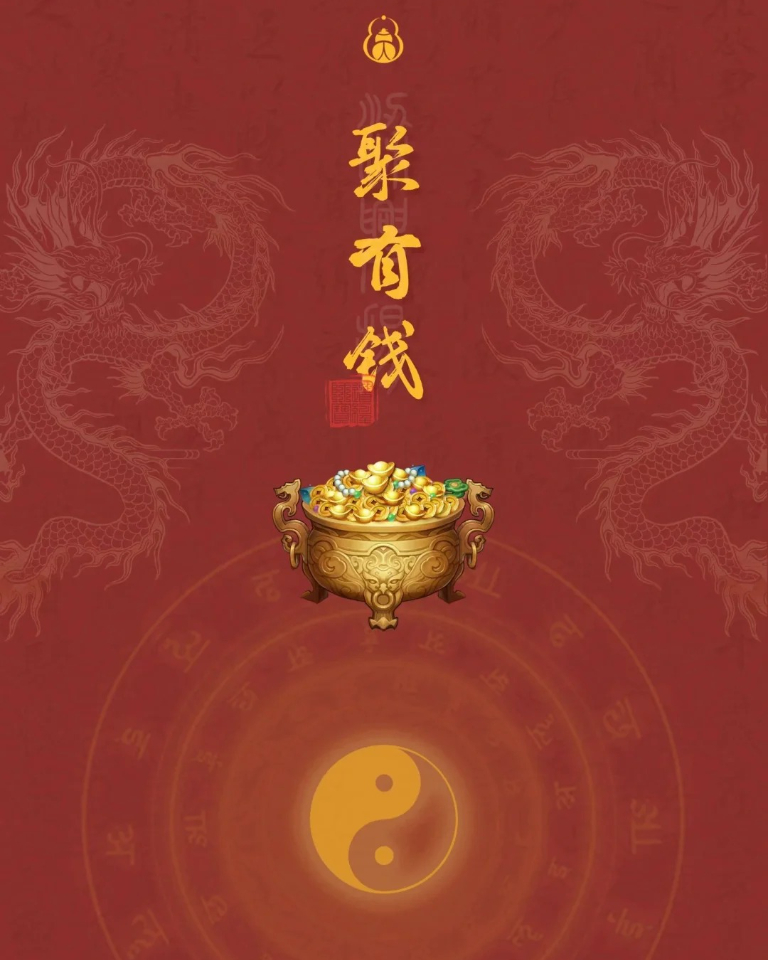Five Elements and Eight Trigrams

The Five Elements and the Eight Trigrams are fundamental philosophical concepts in ancient Chinese Han culture, serving as core components of traditional Yin-Yang theory. Here’s an introduction accessible to international readers:
The Five Elements
- Basic Concept: Referring to the dynamic changes of five essential substances—Wood, Fire, Earth, Metal, and Water. Ancient Chinese philosophers abstracted their properties through observations:
- Water “moistens and flows downward”;
- Fire “burns and rises upward”;
- Wood “bends and straightens” (grows flexibly);
- Metal “can be forged and transformed”;
- Earth “nurtures crops” (sustains life).
- Interactions: They follow generative and restrictive relationships:
- Generation: Wood feeds Fire; Fire creates Earth (ash); Earth bears Metal; Metal collects Water; Water nourishes Wood.
- Restriction: Wood breaks Earth; Earth dams Water; Water extinguishes Fire; Fire melts Metal; Metal cuts Wood.
These interactions reflect the natural balance of interdependence and mutual restraint.
- Applications: Widely used in traditional Chinese medicine (TCM), where each element corresponds to an organ: Wood (liver), Fire (heart), Earth (spleen), Metal (lungs), Water (kidney)—explaining physiology, diagnosing illnesses, and guiding treatments. It also influences naming practices, aiming to balance elemental energies in one’s birth chart.
The Eight Trigrams (Bagua)
- Basic Symbols: Composed of Yin (broken line “–”) and Yang (unbroken line “—”) 爻 (yao, lines). Eight combinations of three lines form the trigrams: Qian, Kan, Gen, Zhen, Xun, Li, Kun, Dui.
- Symbolism: Each trigram represents natural phenomena and virtues:
- Qian: Heaven (strength, integrity);
- Kun: Earth (receptivity, nurturing);
- Zhen: Thunder (movement, initiative);
- Xun: Wind (flexibility, penetration);
- Kan: Water (danger, adaptability);
- Li: Fire (clarity, connection);
- Gen: Mountain (stillness, stability);
- Dui: Lake (joy, harmony).
Combined into 64 hexagrams, they symbolize complex natural and human events.
- Philosophy: Centered on Yin-Yang dynamics, emphasizing balance and transformation. For example, Qian (Heaven) encourages resilience, while Kun (Earth) teaches tolerance—urging people to emulate natural virtues.
Connection Between the Two
The Five Elements and Eight Trigrams are interconnected: Each trigram aligns with an element (e.g., Li with Fire, Kan with Water). Together, they form an ancient framework for understanding the universe. In practices like feng shui or fortune-telling, trigrams determine directions, while elements regulate energy flow, analyzing harmony between humans and their environment.
This system reflects ancient Chinese wisdom about nature, balance, and life’s interconnectedness, still influencing culture, medicine, and philosophy today.
